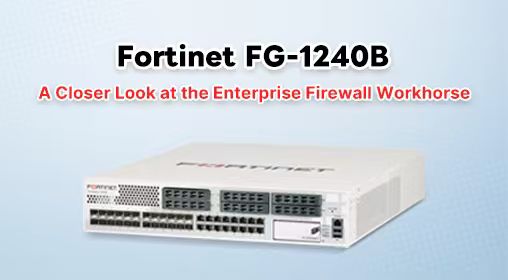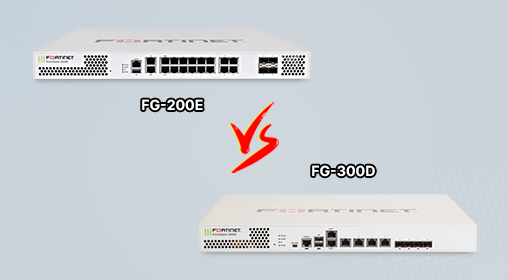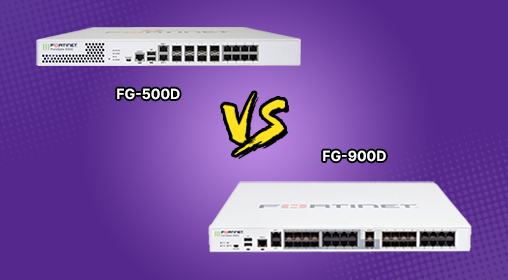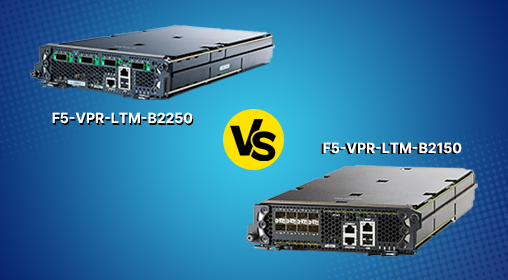



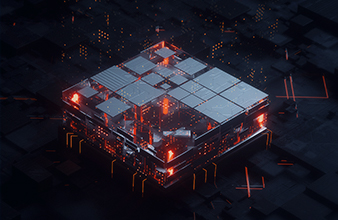










From Digital Roulette to Flawless Flow: How the Load Balancer Guarantees Every User a Winning Hand.
Ever had that sinking feeling when your website just grinds to a halt during a traffic spike? You know, that moment when a flash sale goes viral or a new product launch hits just right, but instead of celebrating, you’re watching loading bars spin and frustration levels rise. It’s like having a brilliant, high-capacity highway that suddenly funnels into a single, clogged lane. That’s where the unsung hero of the network world comes in: the load balancer. Think of it as the ultimate traffic cop for your data center, intelligently directing incoming requests to a pool of servers to ensure no single server gets overwhelmed. Today, we’re taking a close look at a specific contender in this space: the A10 Thunder 4430 load balancer. We’ll explore what it does, how it performs, and who it might be best for.
I remember talking to a network admin at a mid-sized e-commerce company last year. He described their old system as a "digital game of roulette." Some users would get a fast server, others would be stuck with one that was already on the brink, leading to a completely inconsistent experience. They needed a solution that was not just powerful, but also smart and reliable. That’s the kind of problem a device like the A10 Thunder 4430 is designed to solve. It’s about making the technology in the background so seamless that the end-user never has to think about it.
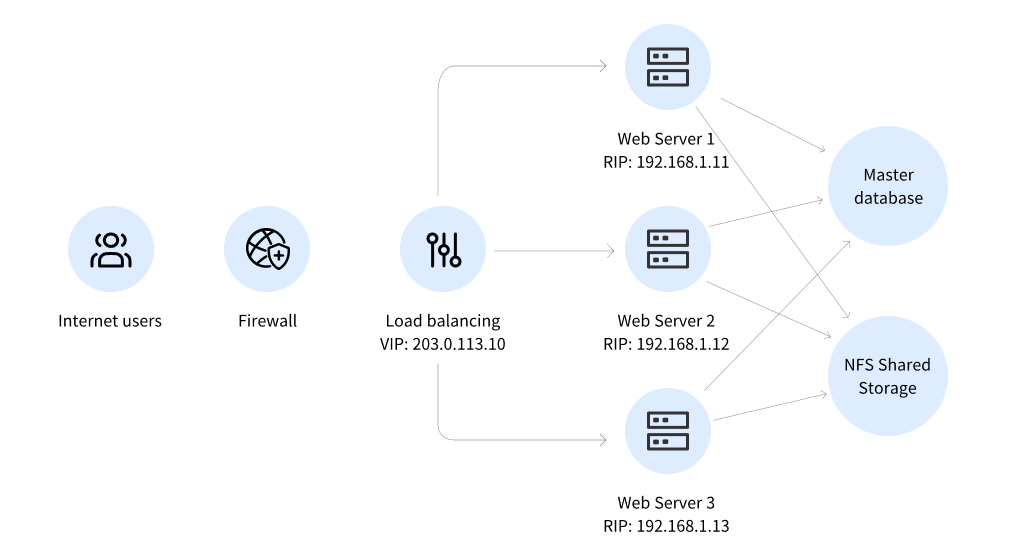
So, what exactly does this thing do? At its heart, the A10 Thunder 4430 performs load distribution, which is its primary job. It sits between your users and your group of servers, acting as a single point of contact. Using smart algorithms—like round-robin (taking turns) or least connections (picking the least busy server)—it spreads the traffic load evenly. But it's more than just a simple distributor. It also handles health monitoring, constantly checking in on the backend servers to make sure they're alive and responding. If one server starts to fail or needs maintenance, the load balancer gracefully redirects traffic to the healthy ones, ensuring high availability and minimizing downtime. Furthermore, it can provide SSL offloading, which is a big one for performance. It handles the heavy lifting of encrypting and decrypting HTTPS traffic itself, freeing up your web servers to focus on delivering content faster.
Now, let's get specific about the A10 Thunder 4430. This appliance is built for performance in enterprise environments. While exact specs can vary, devices in this class are typically engineered to handle a high volume of concurrent connections and a substantial throughput of data. Imagine being able to manage the traffic of thousands of users simultaneously without breaking a sweat. In a network topology, its position is strategic: it's deployed right at the critical junction, often in a DMZ or a core network segment, acting as the gateway to your server farm. Its job is to be the first point of contact for incoming requests, making it a cornerstone of your network's reliability and security posture.
When you look at the A10 Thunder 4430 , its design screams enterprise-grade reliability. It typically comes in a standard rack-mountable form factor with a clean, professional aesthetic. The front panel is usually straightforward, with status LEDs that give you an immediate visual health check of the system—green for good, amber for warning, you know the drill. The chassis is built from robust, cold-rolled steel, designed to withstand the physical demands of a data center environment. The rear port layout is logical, with multiple high-speed Gigabit or 10-Gigabit Ethernet interfaces to ensure there are no bottlenecks in connectivity. It’s a device that looks the part: serious, dependable, and built for a 24/7 operational life.
 ,
,
Is it the perfect fit for everyone? Let's weigh its strengths and weaknesses. A major advantage of a dedicated hardware appliance like the A10 Thunder 4430 is its raw performance and stability. Because it's built for this one purpose, it can often handle traffic loads more efficiently and predictably than software-based solutions running on a general-purpose server. The security features, like SSL offloading and basic DDoS protection, are also significant pluses. However, the drawbacks are worth considering. Firstly, cost. A dedicated hardware appliance represents a significant upfront capital expenditure. Secondly, scalability can be less flexible. If you need more capacity, you might have to buy a bigger, more expensive model, whereas in a cloud environment, you might just click a button to scale up. It's a solution that excels in environments where performance, control, and predictability are paramount.
From a user's perspective, the experience of managing and working with the A10 Thunder 4430 is crucial. For the network administrator, the goal is a "set it and forget it" reliability, though with a user-friendly management interface. Many modern appliances offer both a graphical web interface (GUI) for day-to-day tasks and a command-line interface (CLI) for automation and deep configuration. The real user experience, however, is felt by the end customer visiting the website or using the application. For them, a well-configured load balancer like the A10 TH4430 should be invisible. The only thing they should notice is that the application is consistently fast and always available, no matter the time of day or how many other people are using it. It’s the difference between a seamless, professional experience and a frustrating one that drives customers away.
In the end, choosing a load balancing solution comes down to your specific needs. The A10 Thunder 4430 is a powerful, reliable piece of hardware that excels in providing consistent performance and robust security for on-premises data centers. It’s a solid choice for businesses that need maximum control over their traffic and prioritize unwavering uptime. While the landscape now includes agile cloud-based solutions, the dedicated appliance still holds a vital place in the network architect's toolkit. It’s about investing in a strong foundation—a silent guardian that works tirelessly in the background to ensure the front-end experience is nothing short of excellent.
